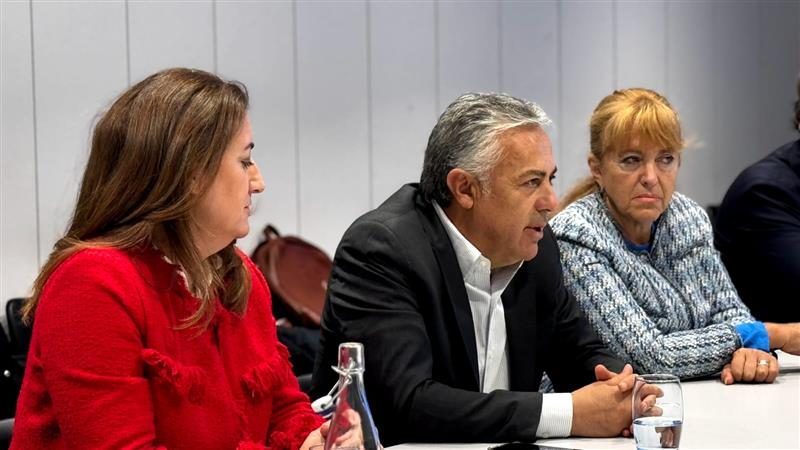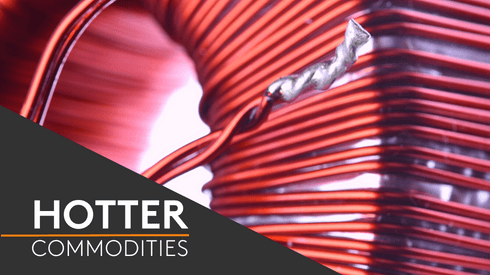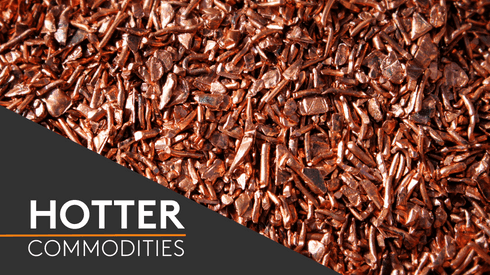Argentina produces just 4,000 tonnes per year (tpy) of copper, while its neighbour Chile mines 5.5million tpy of the red metal every year.
But the problem, Cornejo says, isn’t a lack of copper.
“Our province borders Chile, and we share the copper-rich Andes with that country,” he said. “In fact, Chile’s best mining projects sit directly across the border from Mendoza, and our province has four important copper belts running through it.”
Argentina’s estimated 75 million tonnes of copper give it the world’s sixth-largest reserves, but projects have been held up by unfavorable macroeconomic and political conditions.
The country’s new government has sought to alleviate that by passing the Incentive Regime for Large Investments (RIGI). The program, which creates favorable tax and exchange rate conditions for international investors deploying large amounts of foreign capital, is particularly relevant for capital-intensive copper projects.
“It is far easier to develop copper mines with the new government of [Argentinian President] Javier Milie,” Cornejo – who isn’t a member of Milie’s La Libertad Avanza political party – said. “One reason is that the economy has improved, so the gap between the official exchange rate and the ‘real market rate’ is less extreme. The other factor is RIGI, which makes it far easier to build large copper projects.”
The improved business environment has sparked a flurry of activity in Argentina’s copper sector.
BHP and Lundin Mining completed a $3 billion deal in August 2024 to develop the Josemaria copper project, while local mining association, the Argentine Chamber of Mining Companies (CAEM), counts 20 large-scale copper projects that have been advanced in recent years.
“I think Argentina has good potential, but it’ll need patience,” Fastmarkets analyst Andy Cole said. “I’ve got [eyes on] projects totalling 1.3 million tpy of capacity in the development pipeline. That’s equivalent to a new Escondida [the world’s largest copper mine, which is in Chile]. But I don’t [forsee] any production until 2030, and we’ll be lucky to get to 500,000 tpy by 2034/2035.”

First new Argentine copper mine in almost 20 years
Josemaria, in the San Juan province, is widely expected to be Argentina’s next new copper mine, but Cornejo believes it will be beaten by the San Jorge project in Mendoza.
“San Jorge is an advance project that failed 10 years ago because of social problems,” Cornejo said. “Now the project has been redesigned, and should be operating by 2027.”
The San Jorge project looks like “a straightforward, low-cost 40,000 tpy concentrates operation for 16 years,” Cole said.
“By way of comparison, Los Azules [in San Juan province] envisages its first 13 year’s average production of 186,000 tpy, while Josemaria’s production rate in the first 3 years will be 170,000 tpy,” Cole said.
San Jorge is a special case because it was already at an advanced stage of development, but Cornejo said he also has a plan to speed up the pipeline of new projects.
“We are putting exploration concession in packages and getting them the initial environmental approval in one move,” he said. “Last year we got a group of 34 mining exploration concessions approved all together.”
Cornejo is also working to improve the infrastructure needed to support large mining projects.
“We have a big potassium project, which will lead to a train that connects us with the Port of Buenos Aires,” he said. “That can also carry copper.”
“We are also building out a combination of hydroelectric, solar and gas power plants to provide the energy that mines need,” Cornejo said.
For more detailed insights and a comprehensive analysis, consider exploring Fastmarkets’ copper 10-year long-term forecast.






